Corrosive substances pose a significant risk to both human health and the environment. When it comes to transporting corrosive materials, such as acids or caustic solutions, in tank trucks, stringent safety protocols are essential to prevent accidents, injuries, and potential disasters. Handling corrosive tank trucks requires careful planning, strict adherence to safety procedures, and a comprehensive understanding of the potential hazards involved. In this article, we will explore the safety protocols that are required for the proper handling of corrosive tank trucks.
- Training and Qualification:
One of the fundamental safety protocols for handling corrosive tank trucks is ensuring that all personnel involved are properly trained and qualified. Drivers, operators, and handlers must undergo thorough training programs that cover various aspects of handling corrosive substances, including proper loading and unloading procedures, emergency response, and spill containment. Training should be regularly updated to keep up with new safety regulations and best practices.
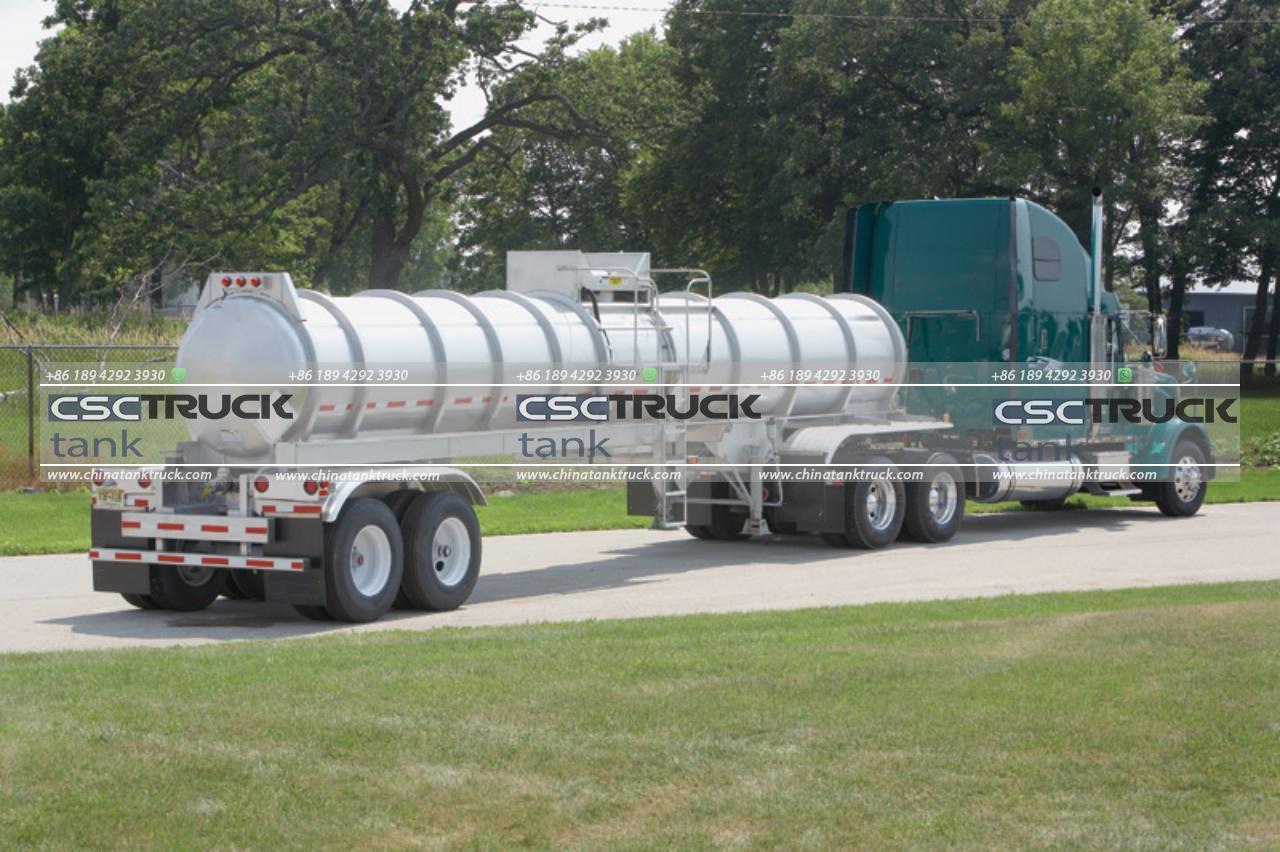
- Personal Protective Equipment (PPE):
Personal protective equipment is crucial for anyone working with corrosive tank trucks. Proper PPE minimizes the risk of exposure to corrosive substances and provides a layer of protection against potential accidents. Personnel should be equipped with appropriate PPE such as chemical-resistant gloves, goggles or face shields, chemical-resistant suits, and boots. PPE should be regularly inspected, maintained, and replaced as needed.
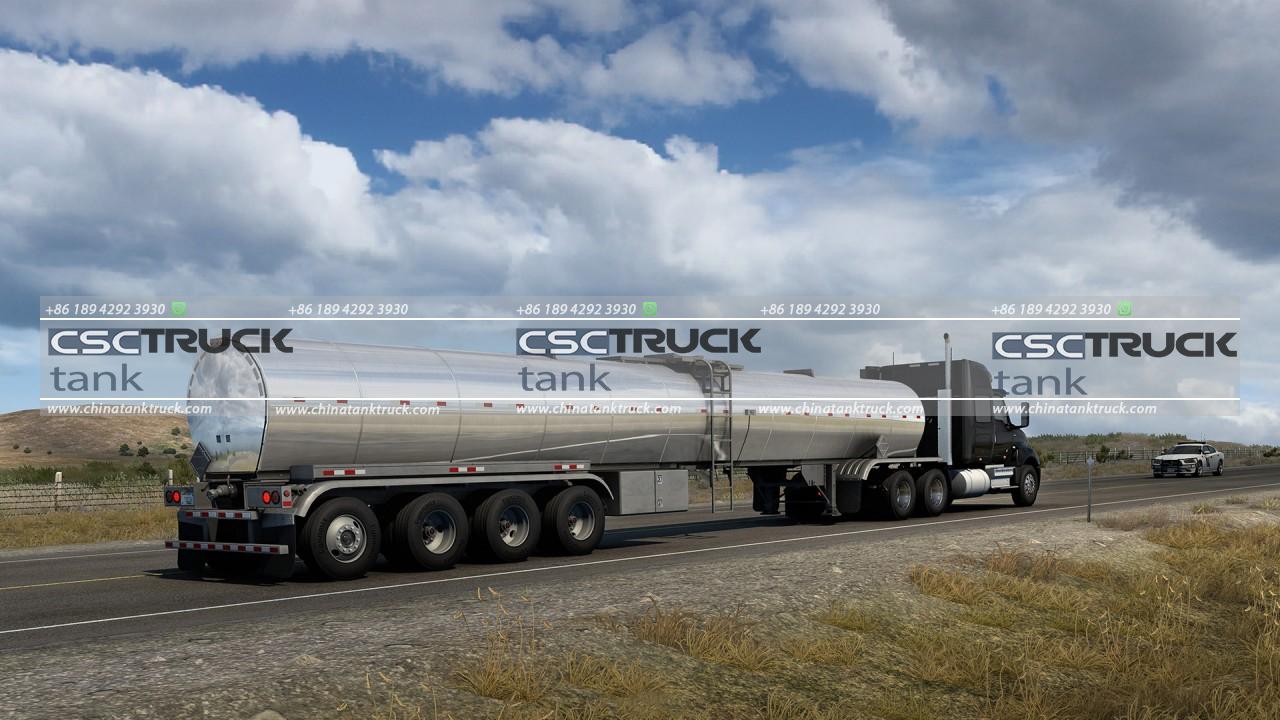
- Hazard Communication:
Clear and effective communication is vital when handling corrosive tank trucks. Proper labeling and marking of containers and tank trucks are essential to inform personnel about the nature of the corrosive substances being transported. Material Safety Data Sheets (MSDS) should be readily available and easily accessible, providing comprehensive information about the corrosive substances, their potential hazards, and recommended handling procedures.
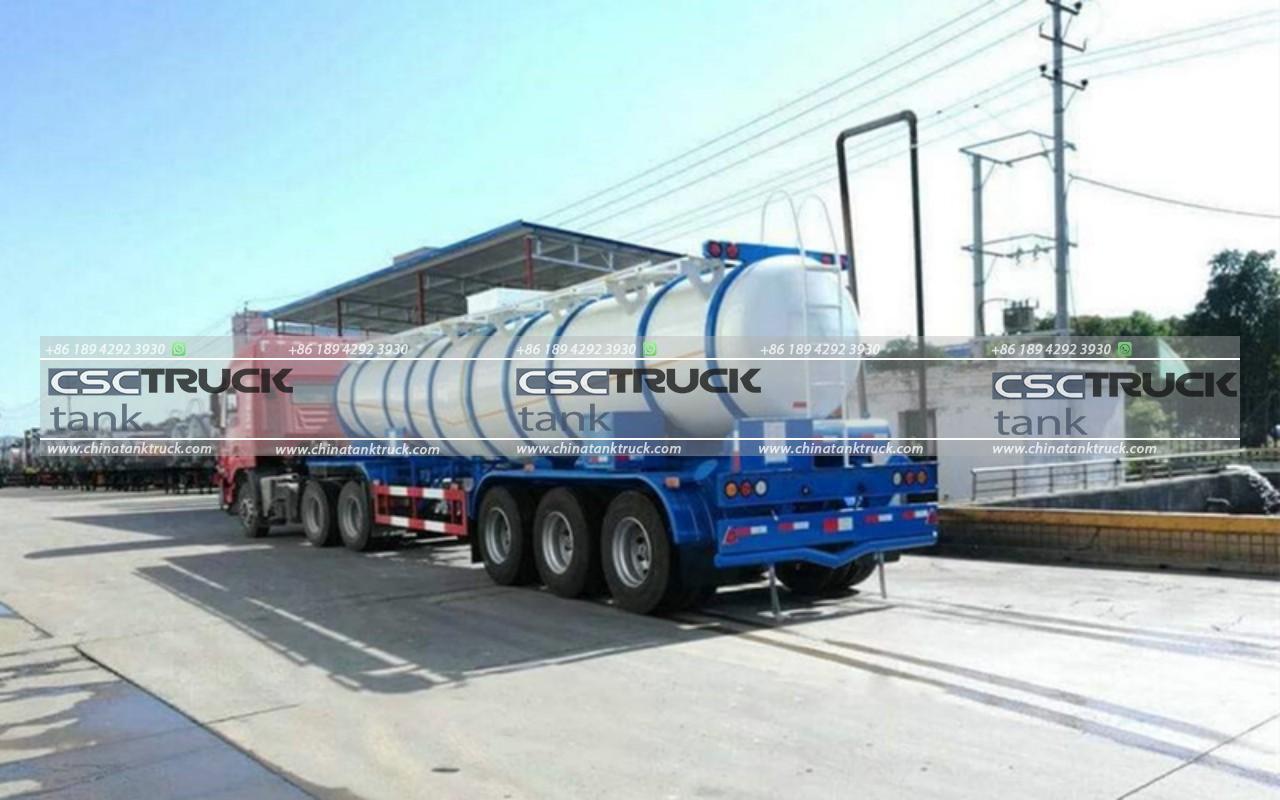
- Proper Loading and Unloading Procedures:
Loading and unloading corrosive substances require careful attention to prevent spills, leaks, or exposure to the environment. Tanks should be inspected for any signs of damage or leaks before loading. Corrosive tank trucks should be equipped with appropriate valves, gaskets, and fittings that are resistant to the corrosive materials being transported. Loading and unloading areas should have appropriate containment systems in place to quickly respond to any potential spills or leaks.
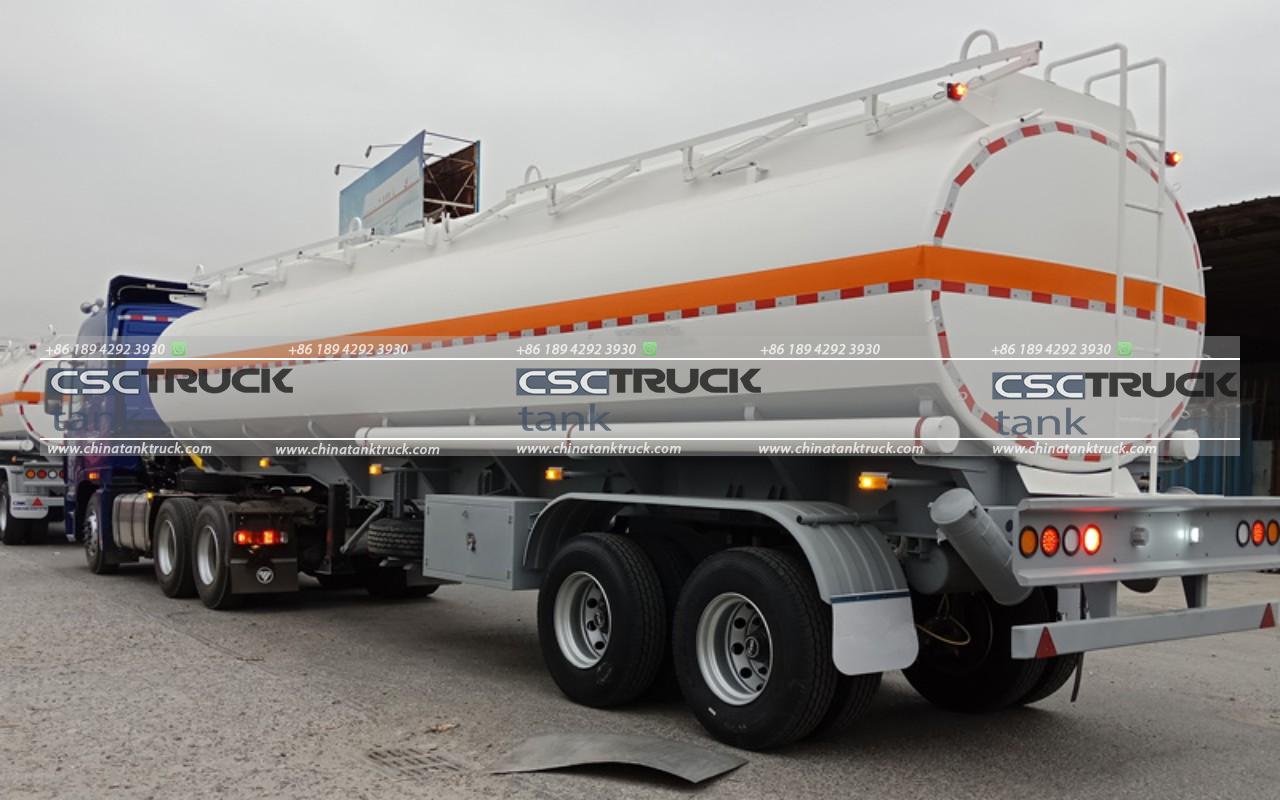
- Emergency Response Preparedness:
Despite all precautionary measures, accidents can still happen. It is crucial to have a well-defined emergency response plan in place to address any potential incidents involving corrosive tank trucks. The plan should include procedures for containing spills, evacuating personnel, and notifying the appropriate authorities. Regular emergency response drills and training sessions should be conducted to ensure that all personnel are familiar with their roles and responsibilities during an emergency.
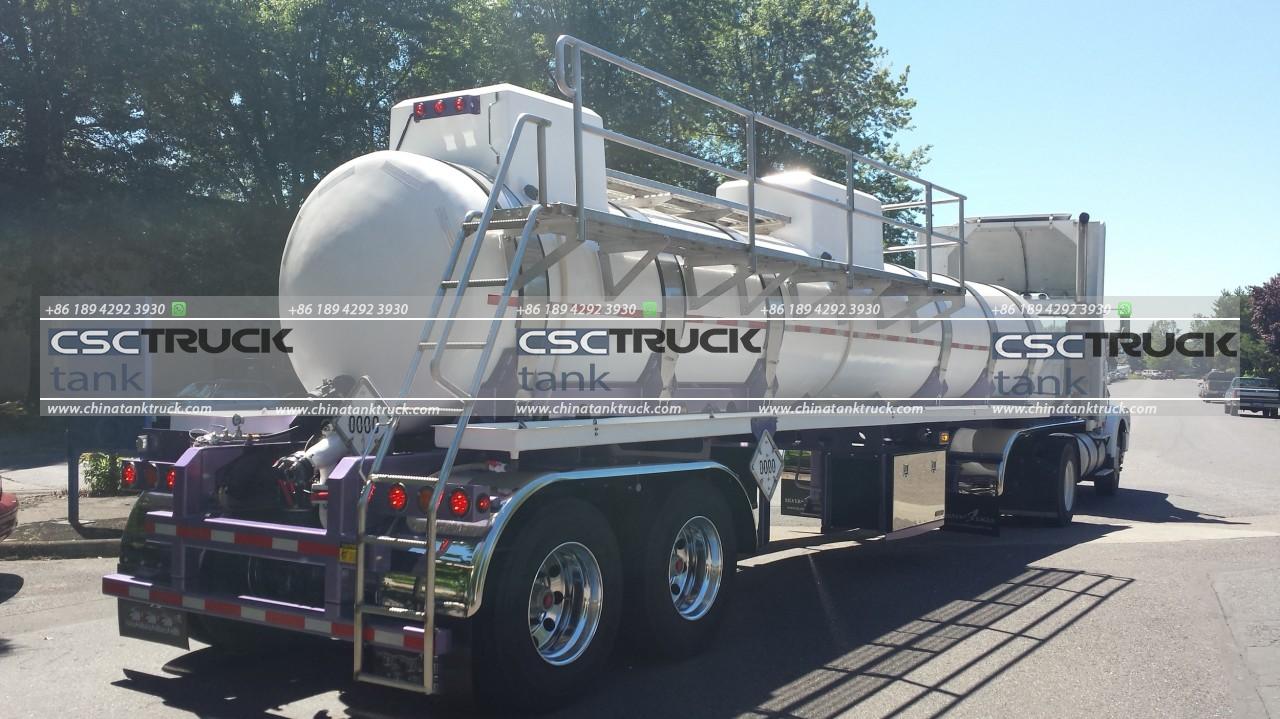
- Maintenance and Inspection:
Regular maintenance and inspection of corrosive tank trucks are essential to identify and address any potential issues before they escalate into major safety hazards. Tanks, valves, pumps, and other equipment should be regularly inspected for leaks, corrosion, or any signs of wear and tear. Routine maintenance should include cleaning and decontamination to prevent cross-contamination between different corrosive substances.
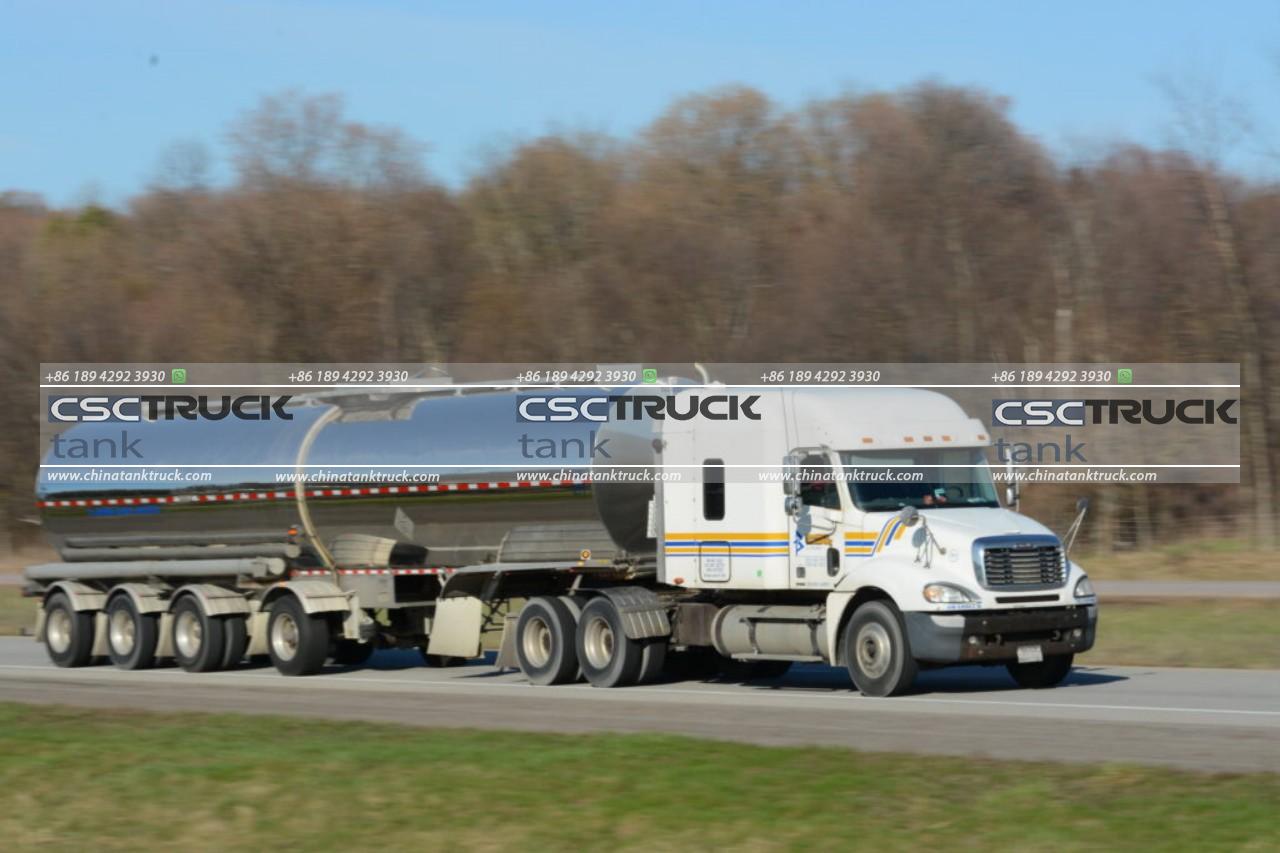
- Transportation Route Planning:
Transportation route planning plays a crucial role in ensuring the safe handling of corrosive tank trucks. Routes should be carefully selected, taking into consideration factors such as road conditions, traffic congestion, and proximity to sensitive areas like residential neighborhoods or water bodies. Proper route planning can help minimize the risks associated with accidents, spills, or other incidents during transportation.
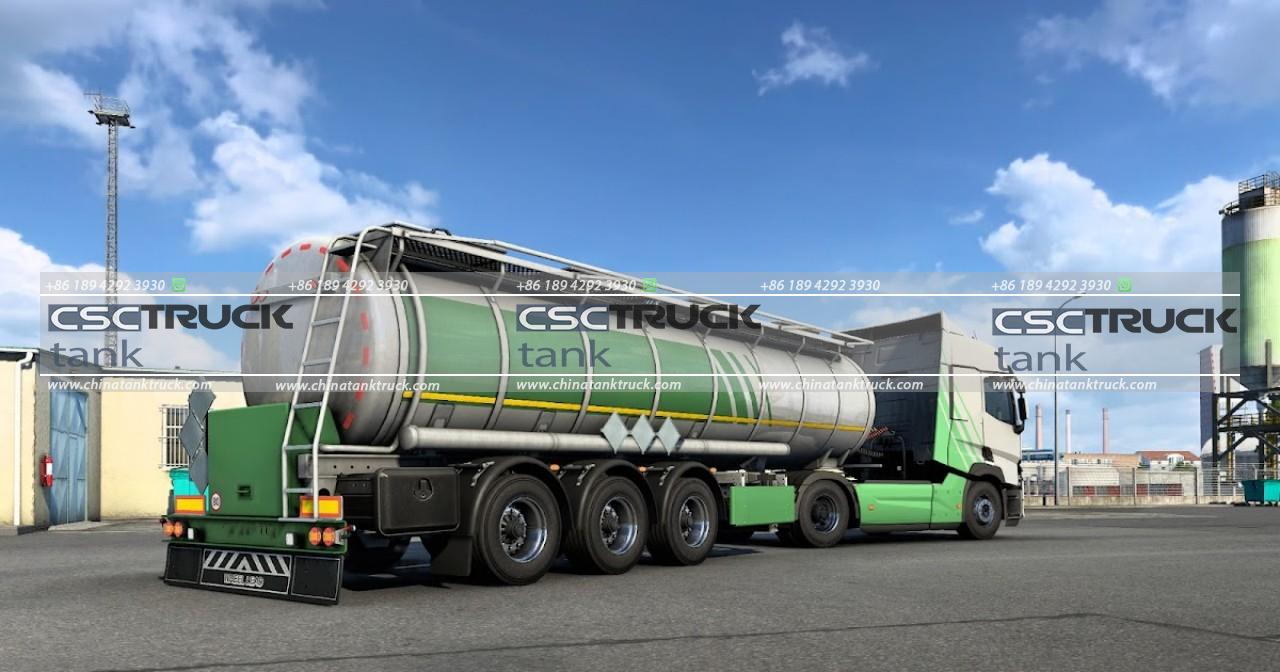
- Environmental Protection:
Corrosive substances can have a severe impact on the environment if accidentally released. To protect the environment, it is essential to have spill containment measures in place. Spill kits, absorbent materials, and appropriate containment systems should be readily available in loading and unloading areas. Additionally, the disposal of waste materials and empty containers should be handled by relevant environmental regulations. Proper disposal methods should be followed to prevent contamination of soil, water sources, or air.
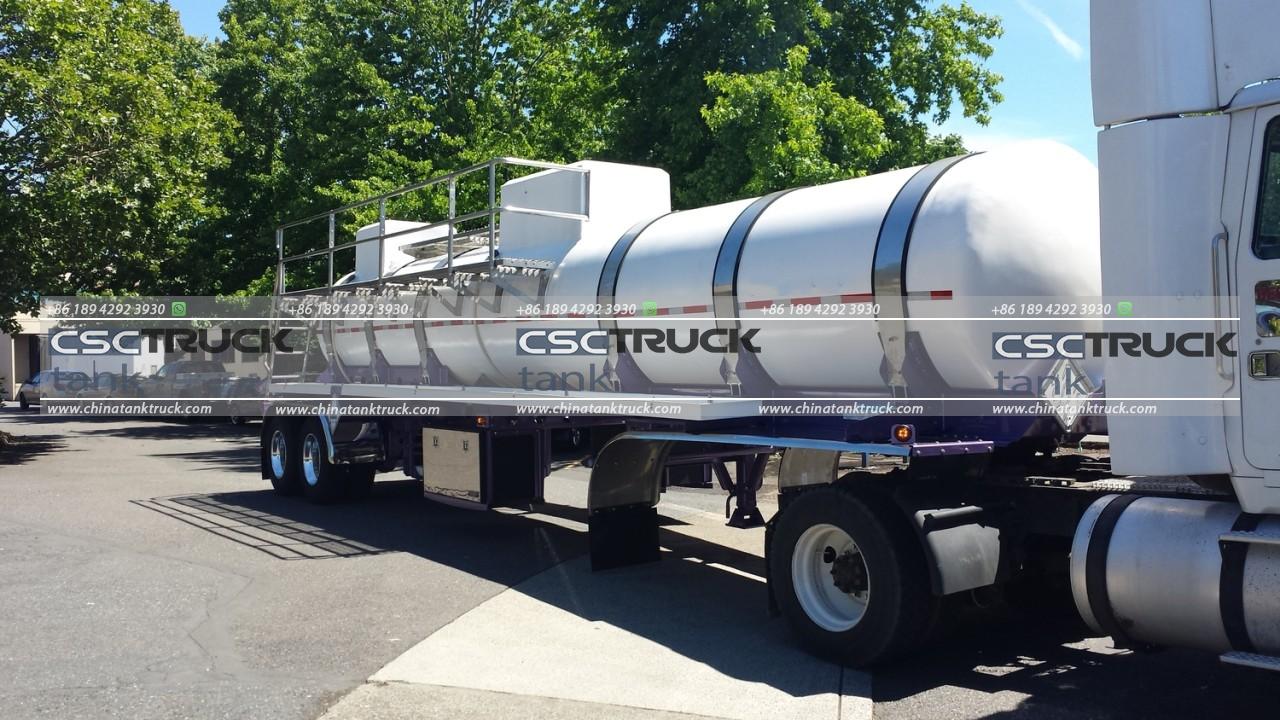
- Communication and Collaboration:
Effective communication and collaboration among all parties involved in handling corrosive tank trucks are crucial for maintaining safety. This includes coordination between drivers, operators, loading and unloading personnel, emergency responders, and relevant regulatory authorities. Clear communication channels should be established to relay important information, address concerns, and ensure a smooth and efficient handling process.
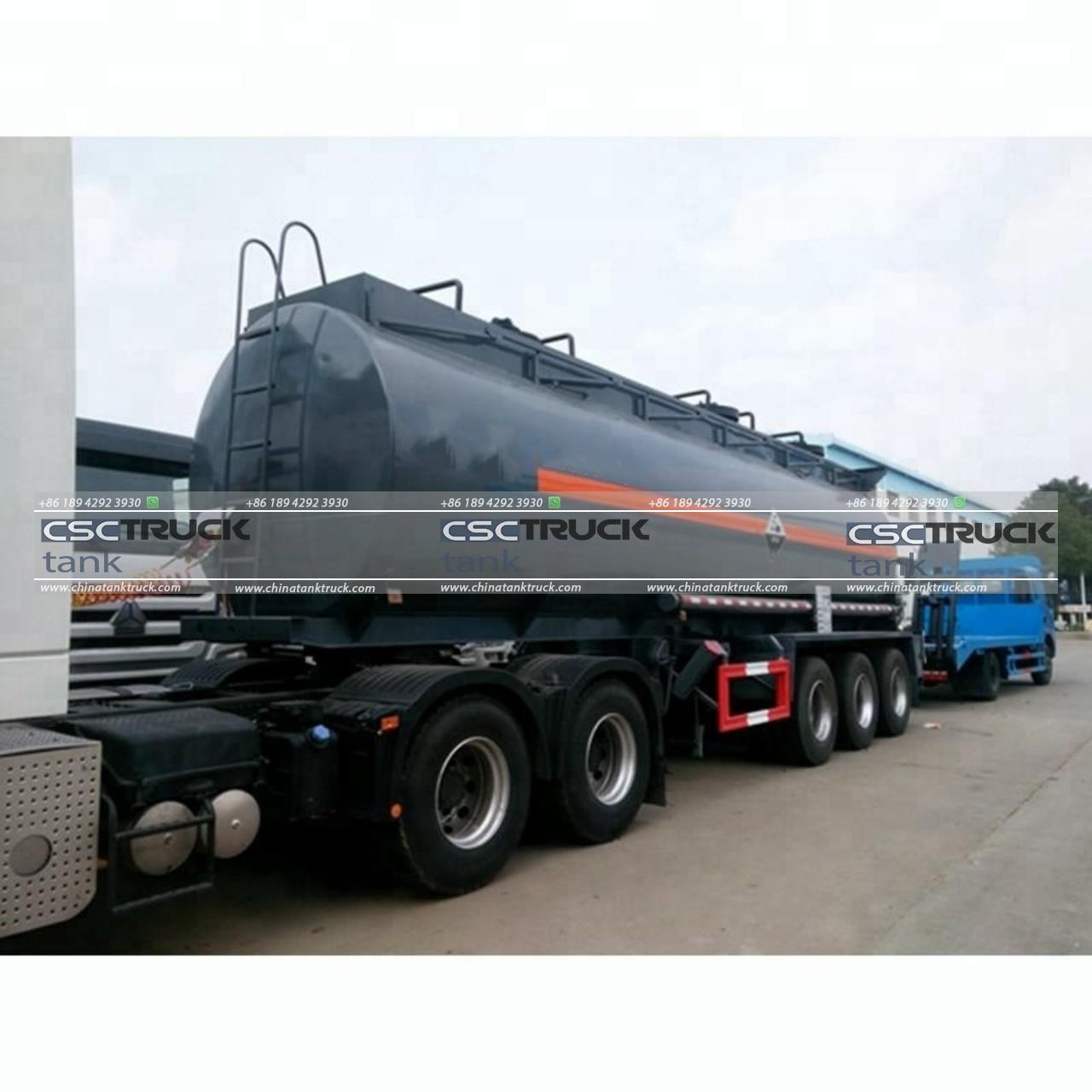
- Continuous Improvement and Training:
Safety protocols for handling corrosive tank trucks should be regularly reviewed and updated to incorporate new knowledge, technologies, and regulations. Feedback from personnel and lessons learned from incidents or near misses should be used to enhance existing safety procedures. Ongoing training and education programs should be provided to ensure that all personnel are up to date with the latest safety practices and aware of any changes in regulations or best practices.
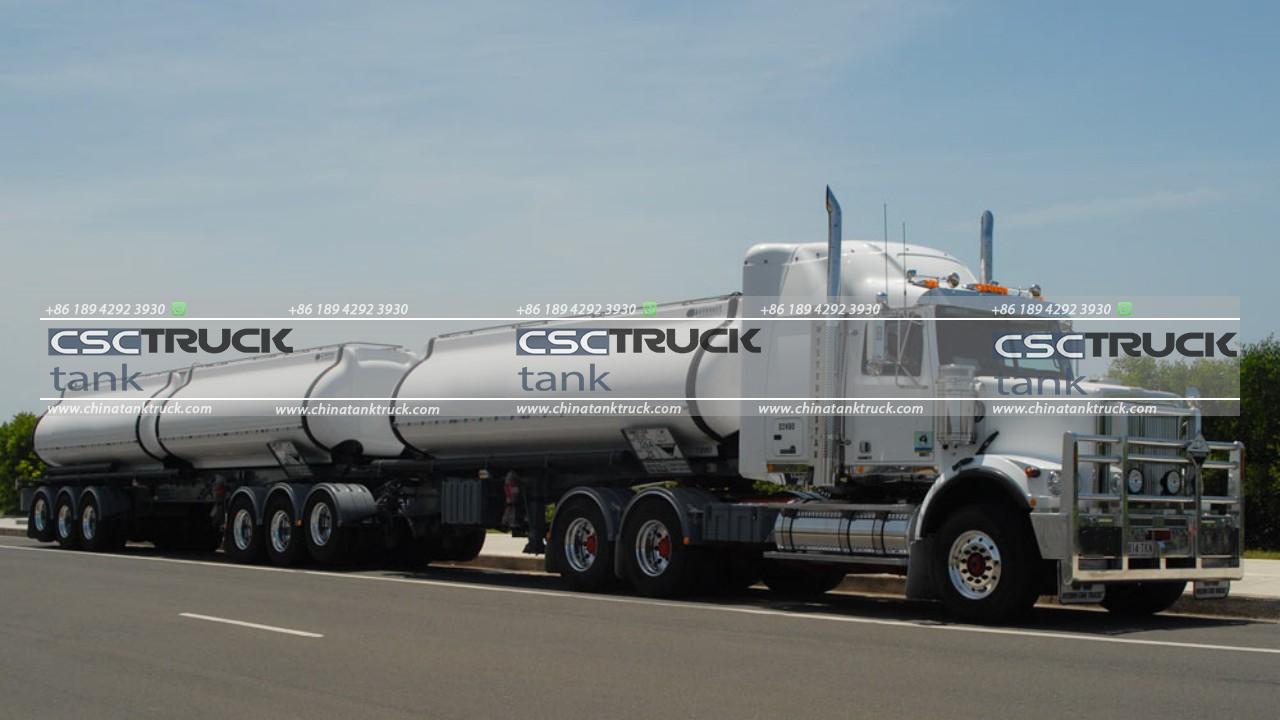
Conclusion:
Handling corrosive tank trucks requires a comprehensive approach to ensure the safety of personnel, the protection of the environment, and the prevention of accidents. Training and qualification, personal protective equipment, hazard communication, proper loading and unloading procedures, emergency response preparedness, maintenance and inspection, transportation route planning, environmental protection, communication and collaboration, and continuous improvement are all vital components of the safety protocols required for handling corrosive tank trucks.
Strict adherence to these protocols can reduce the risks associated with the transportation of corrosive substances significantly and help prevent accidents, injuries, and environmental disasters. It is the responsibility of all stakeholders involved, including drivers, operators, handlers, and regulatory authorities, to prioritize safety and implement these protocols effectively. By doing so, we can ensure that the handling of corrosive tank trucks is carried out with the utmost care and responsibility, minimizing risks and promoting the well-being of both people and the environment.

